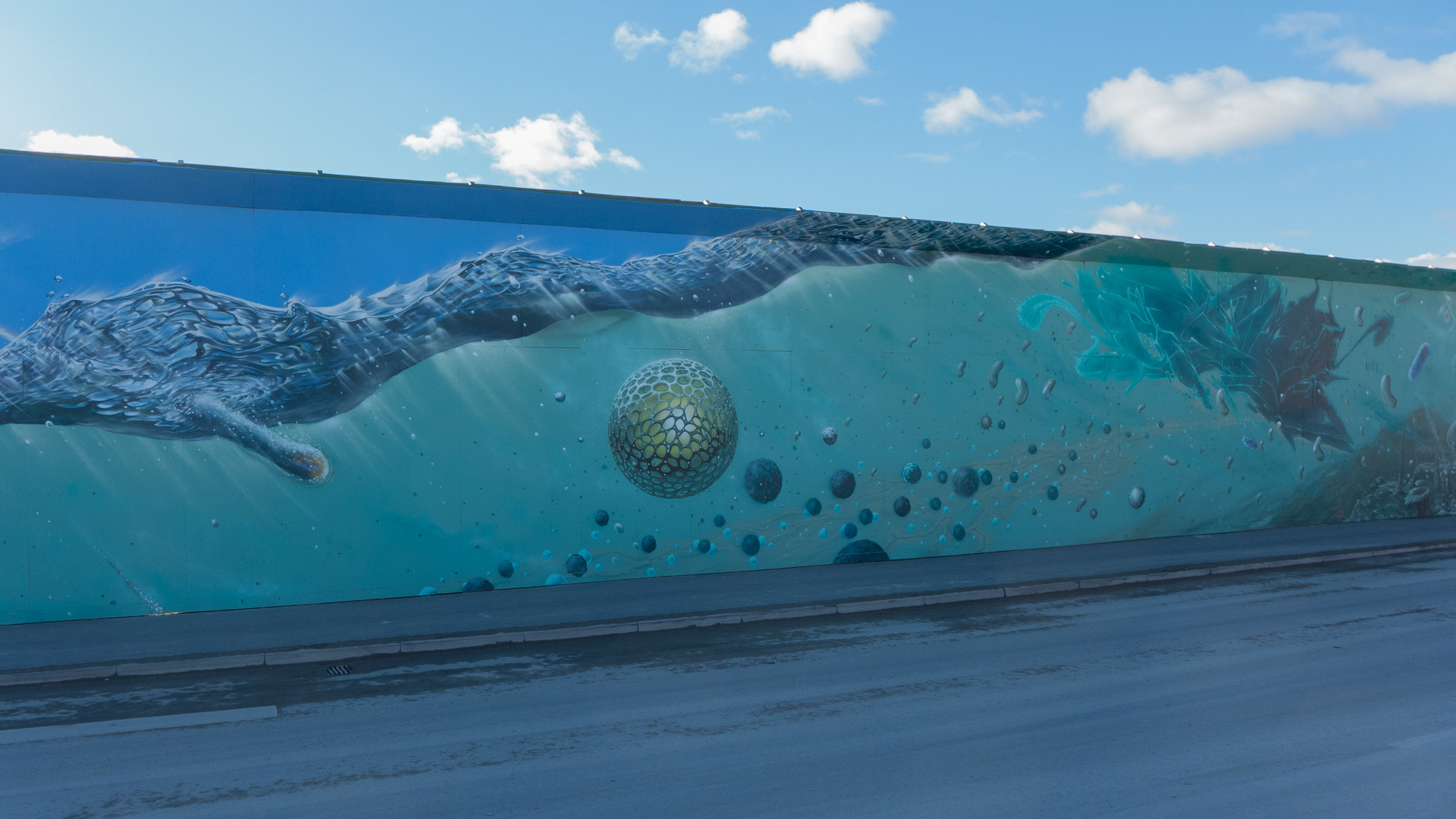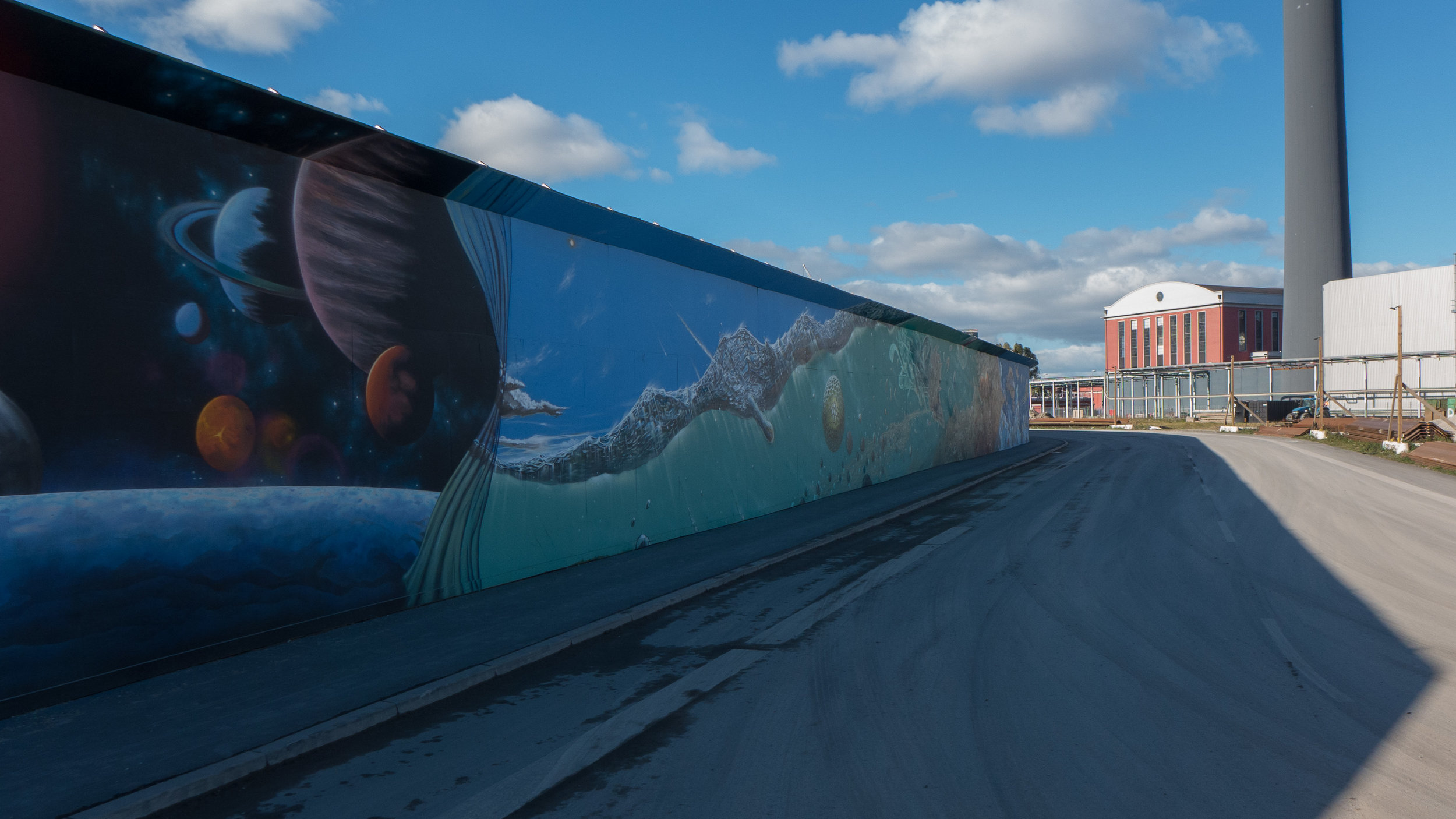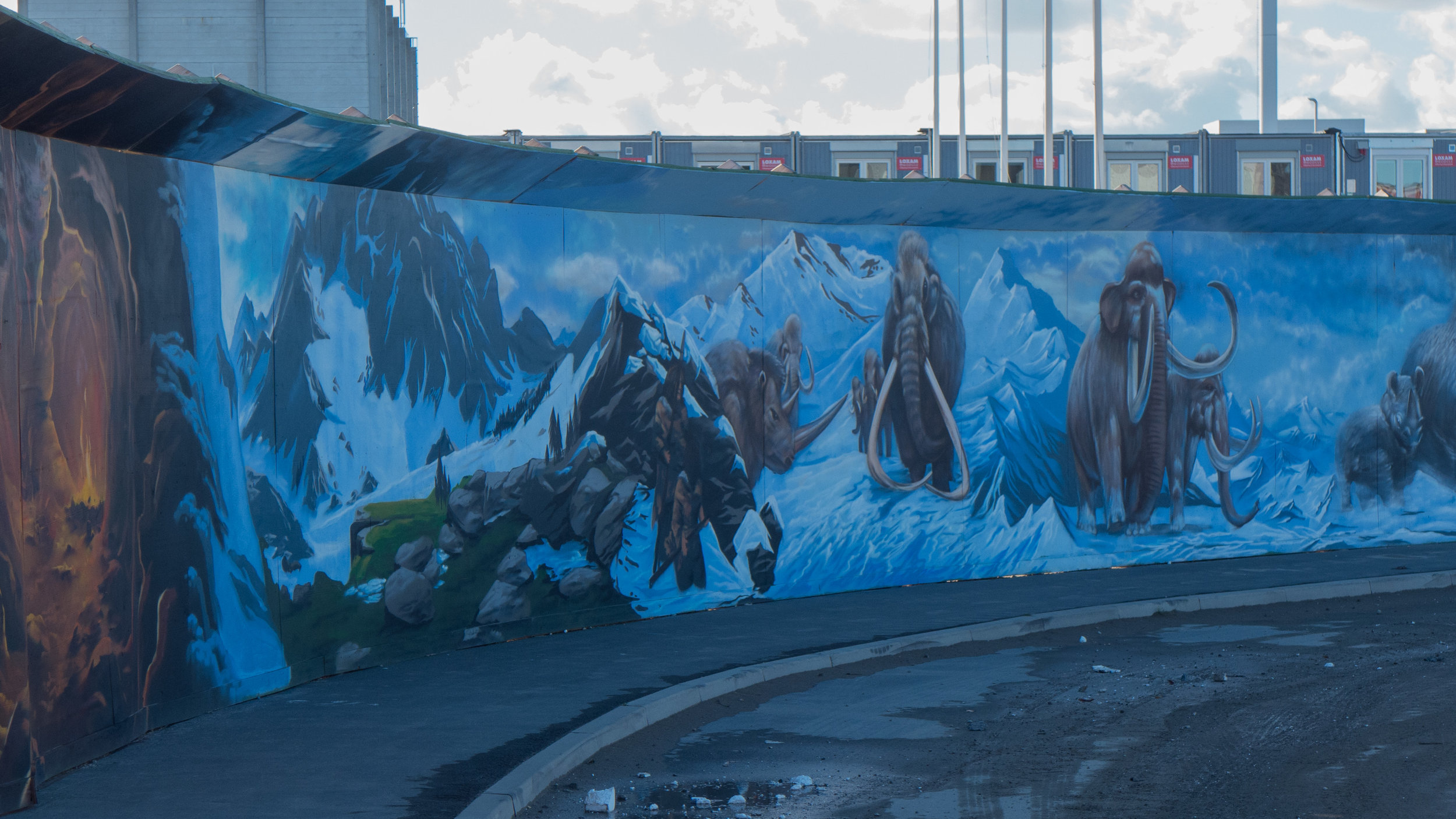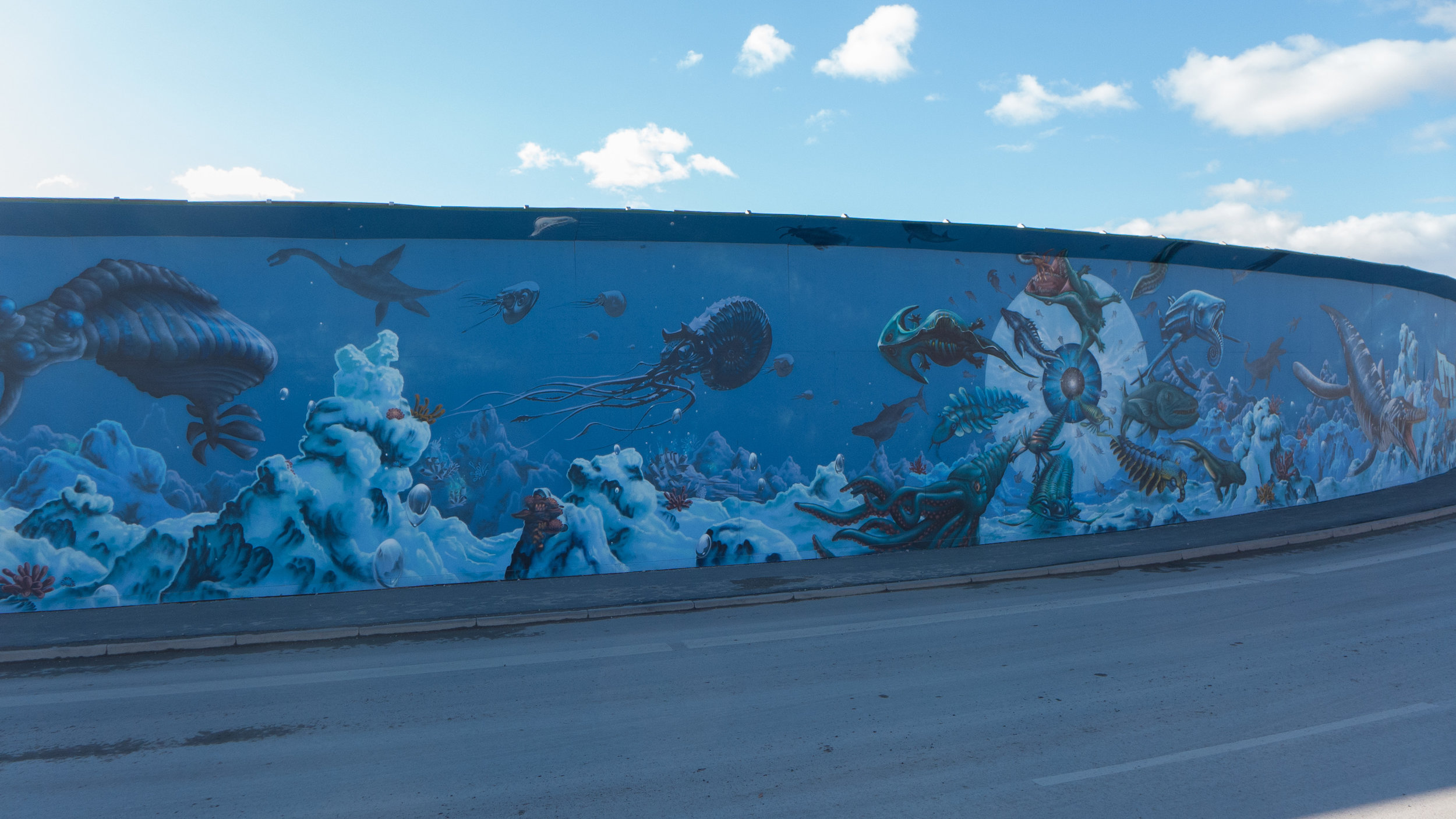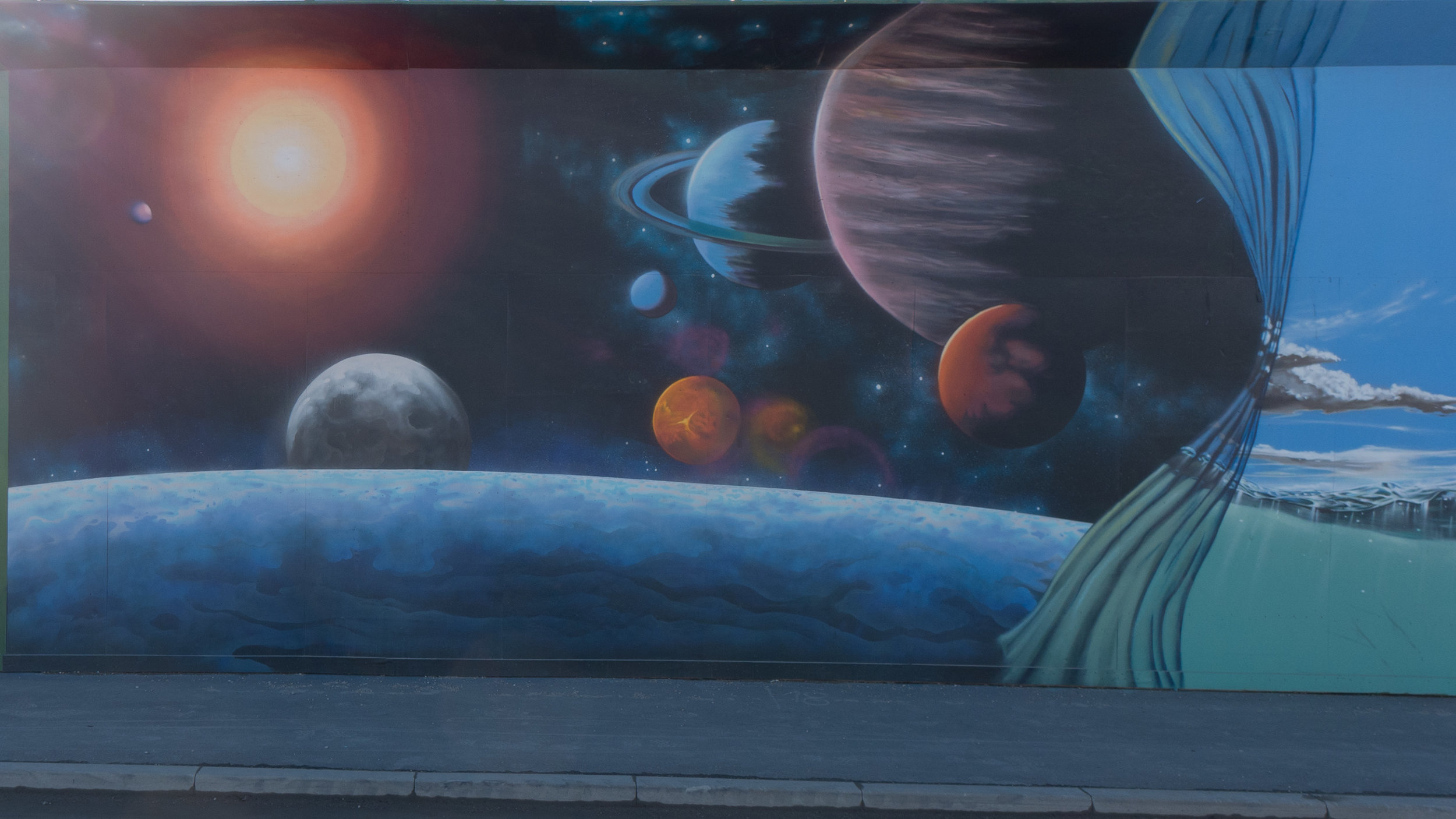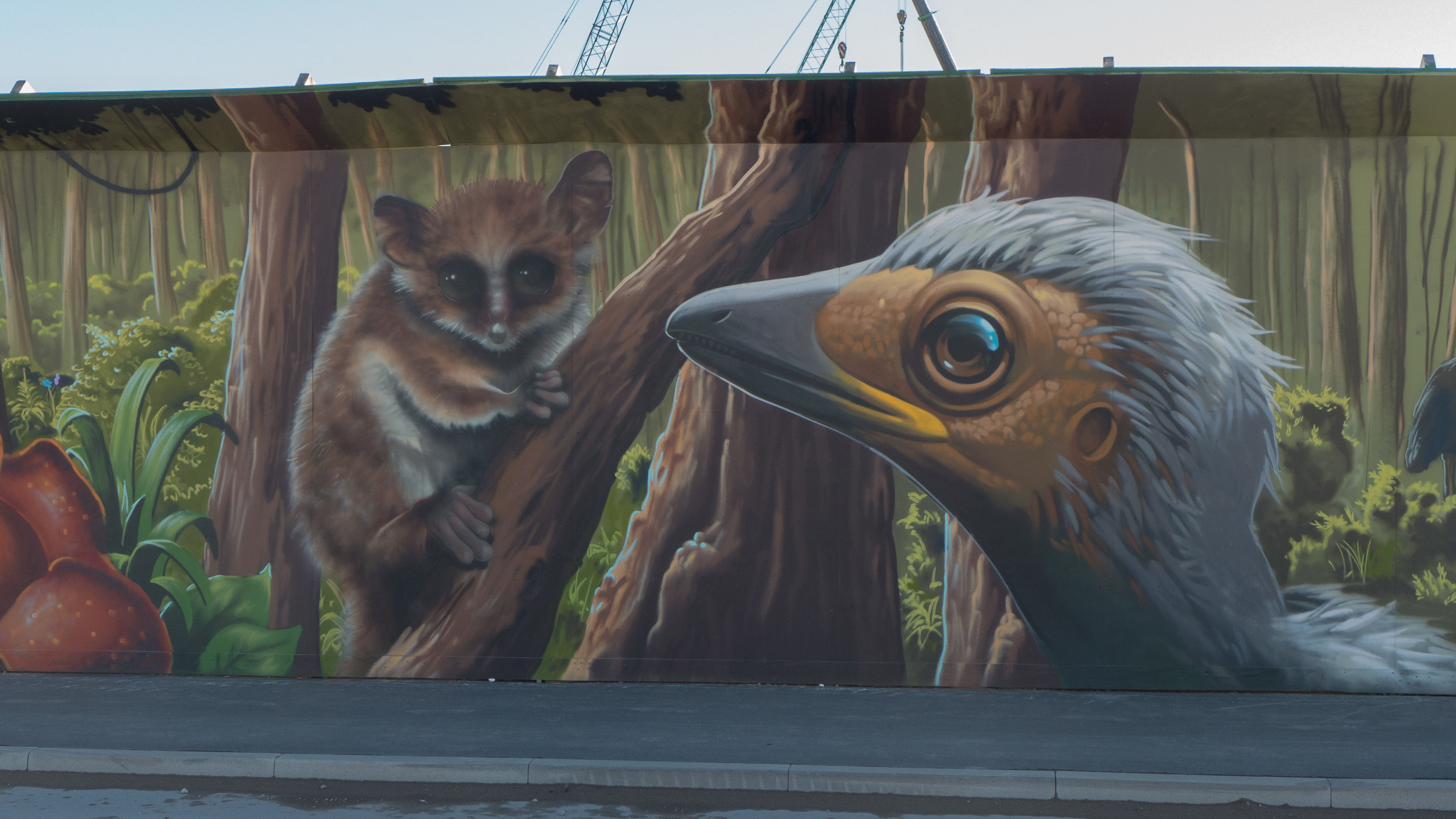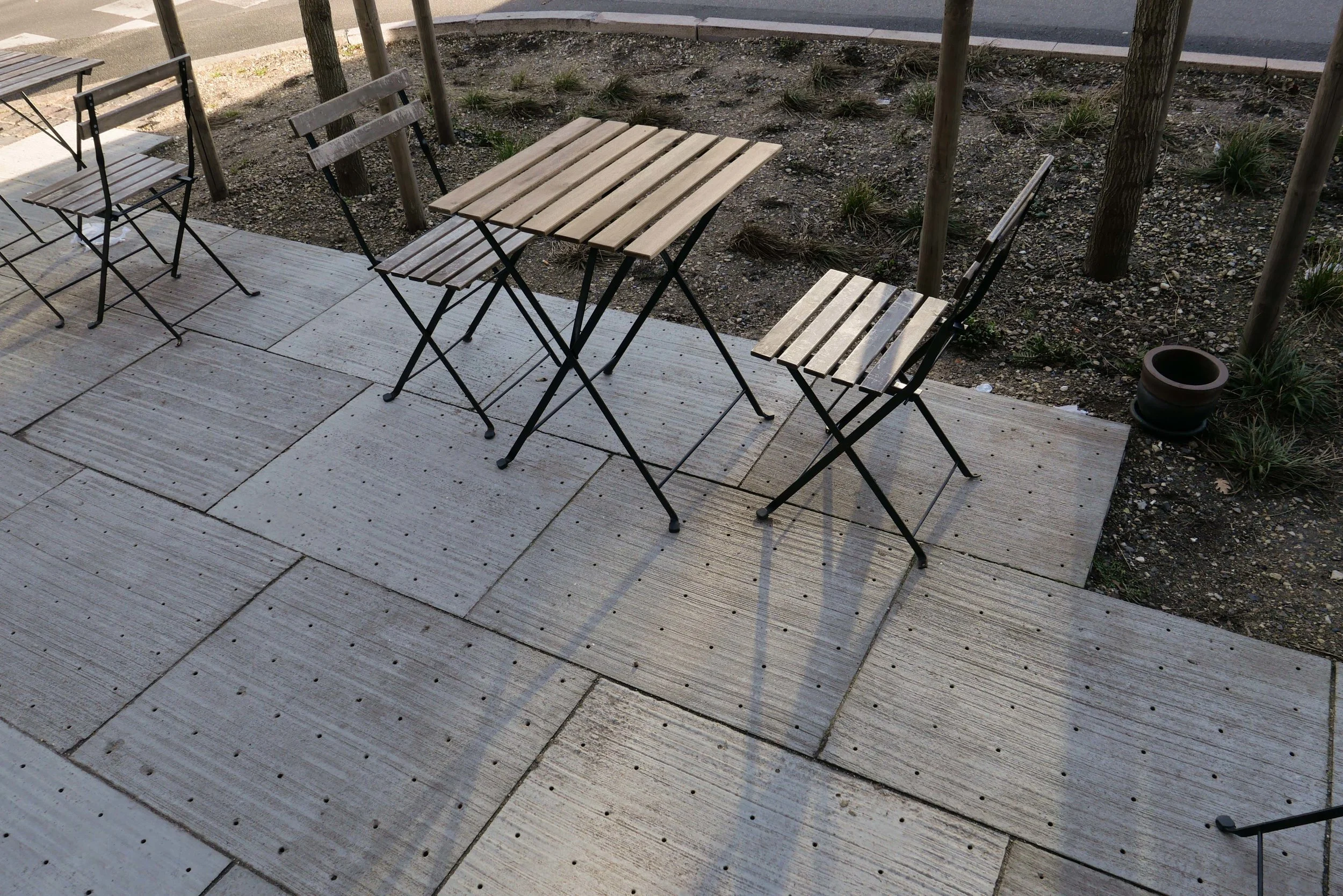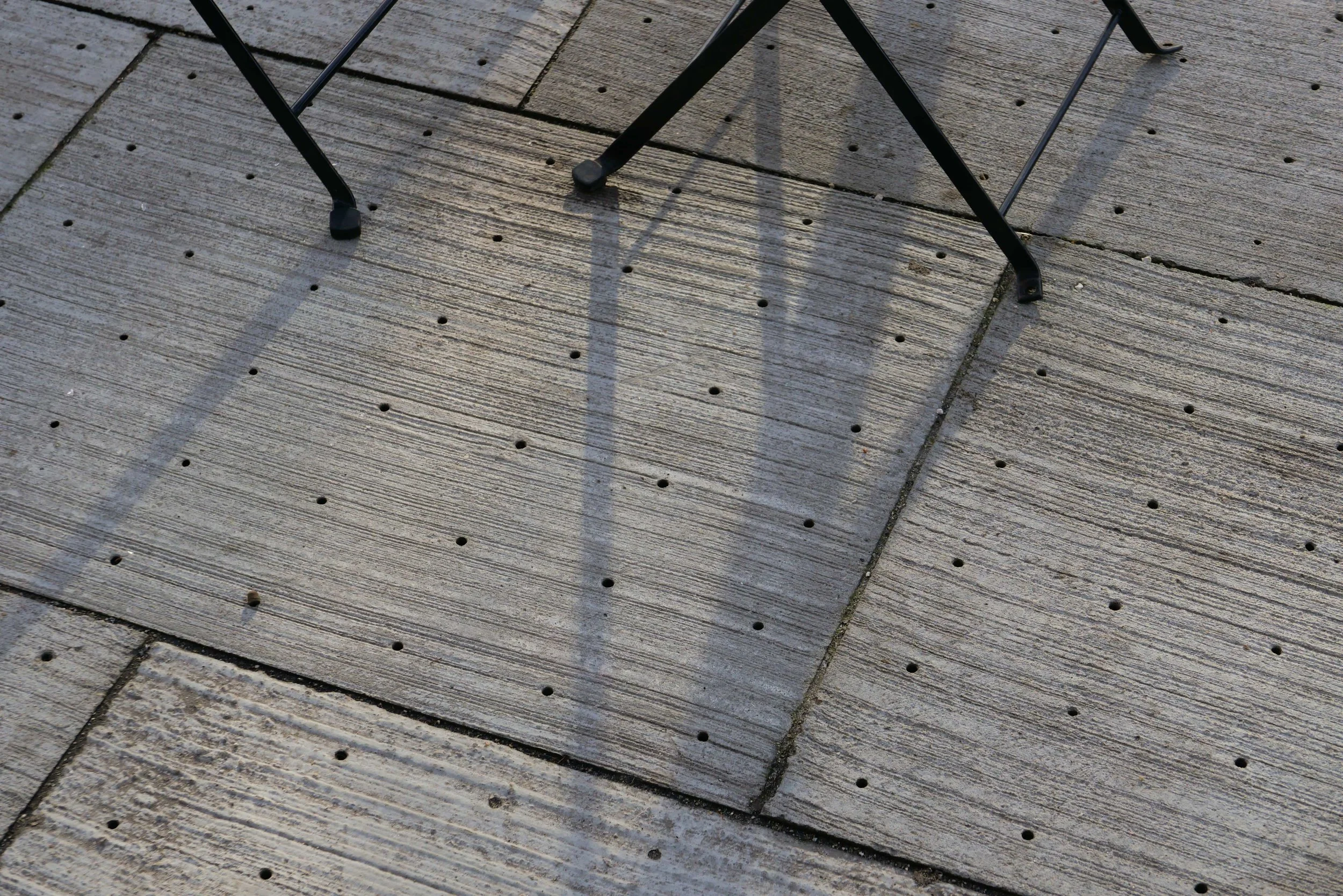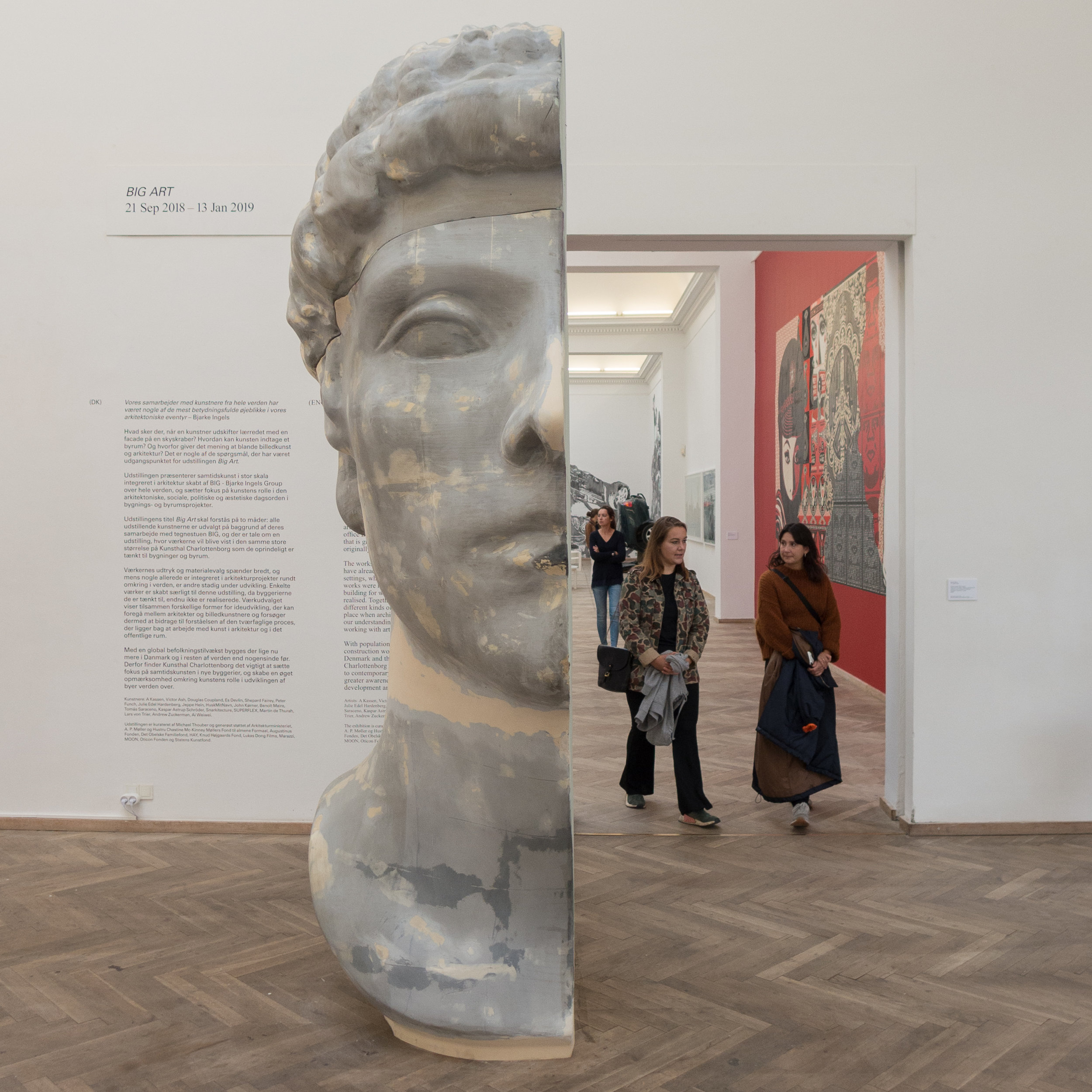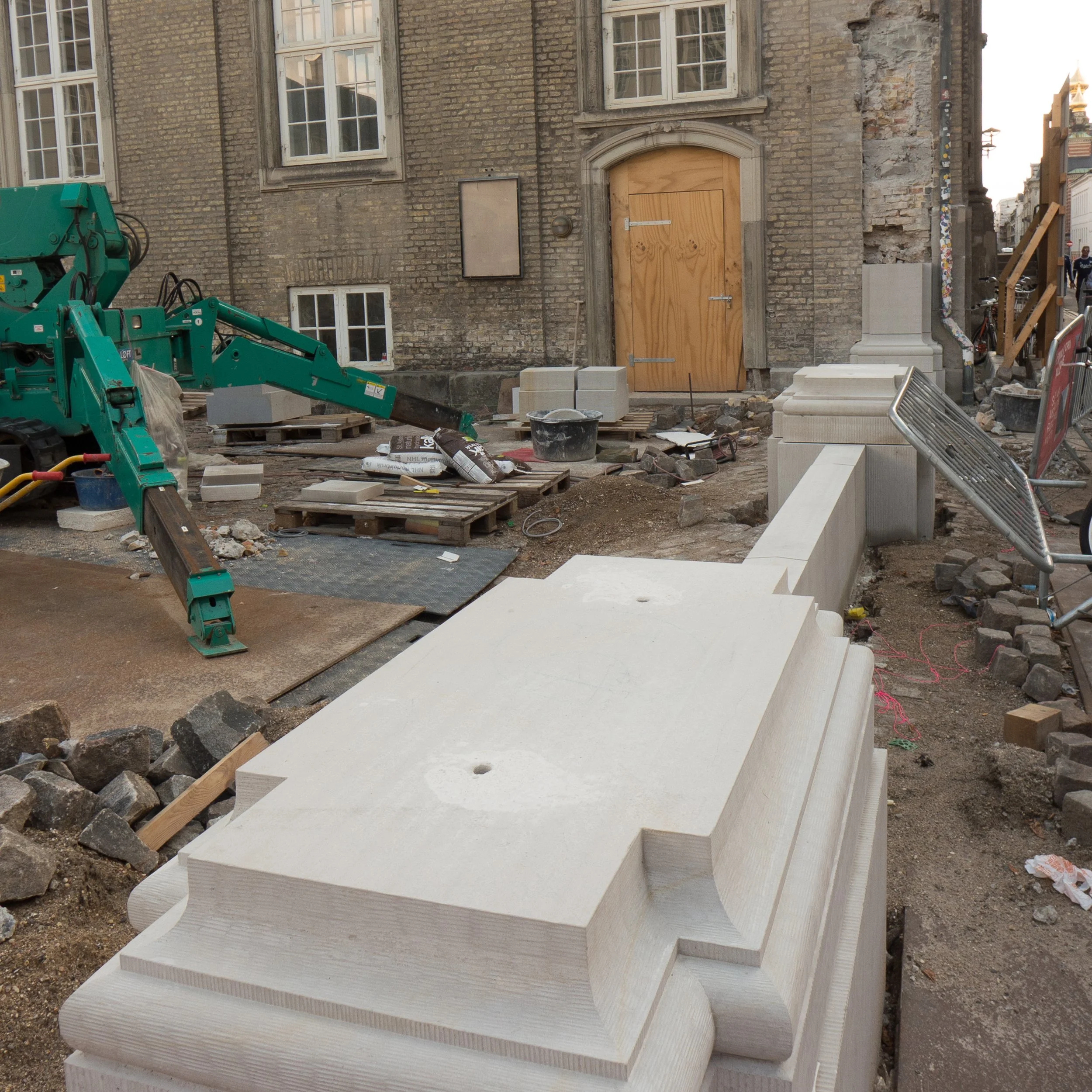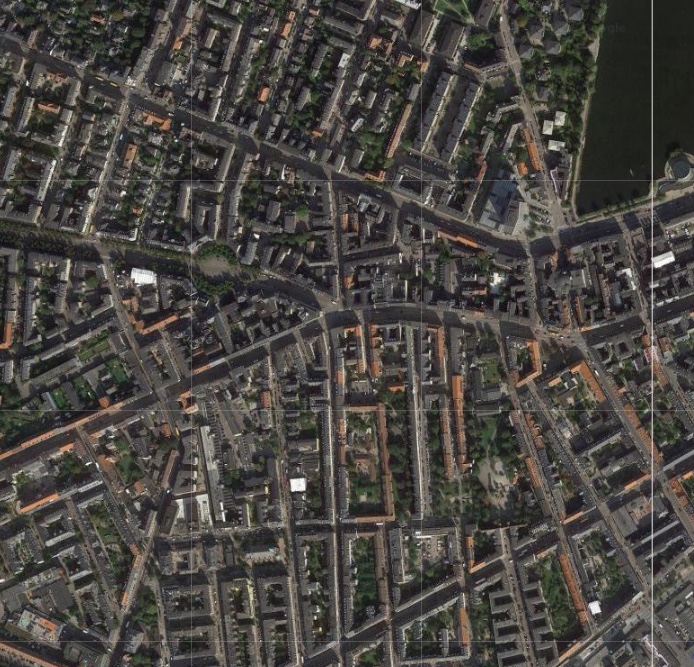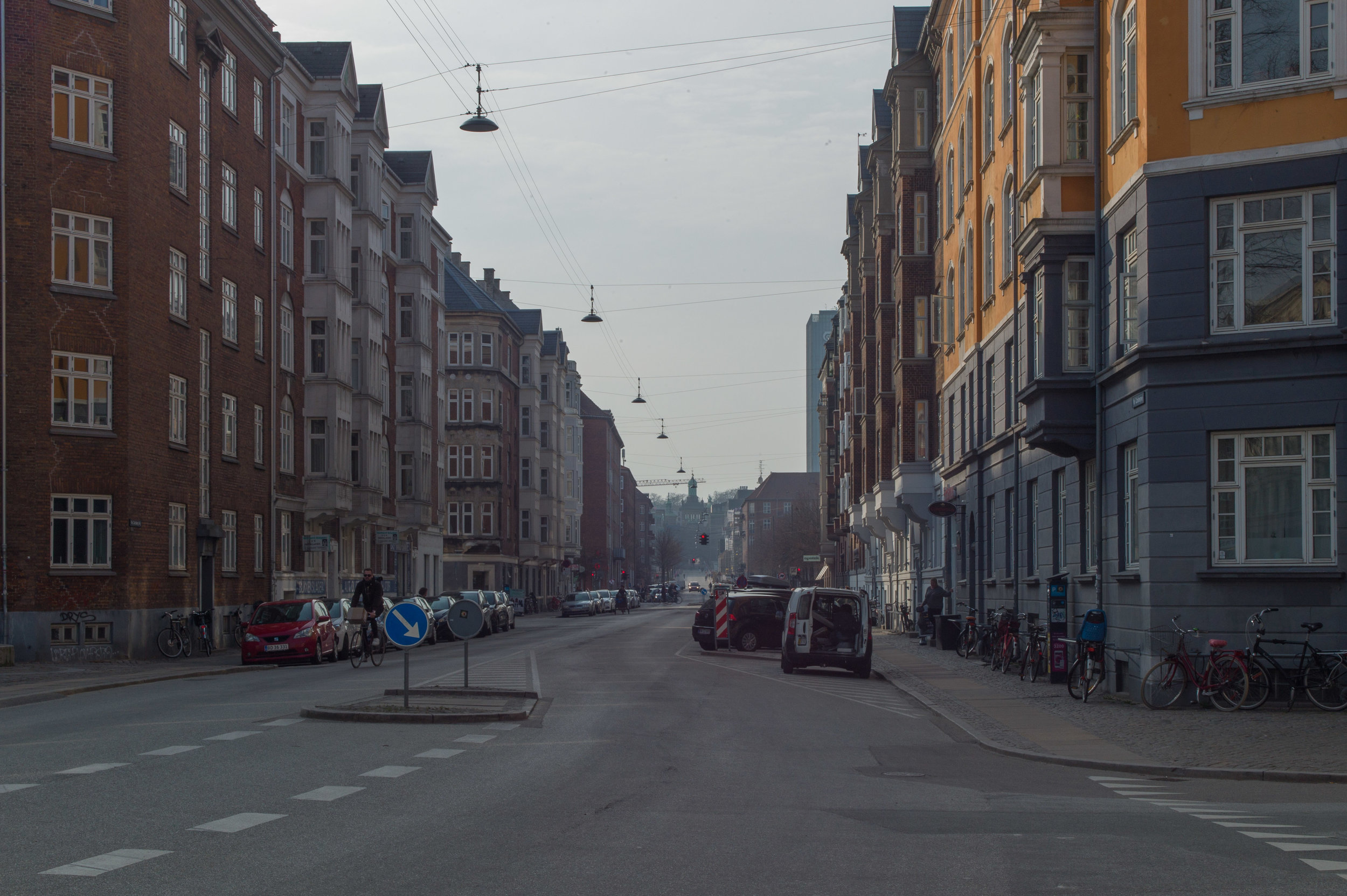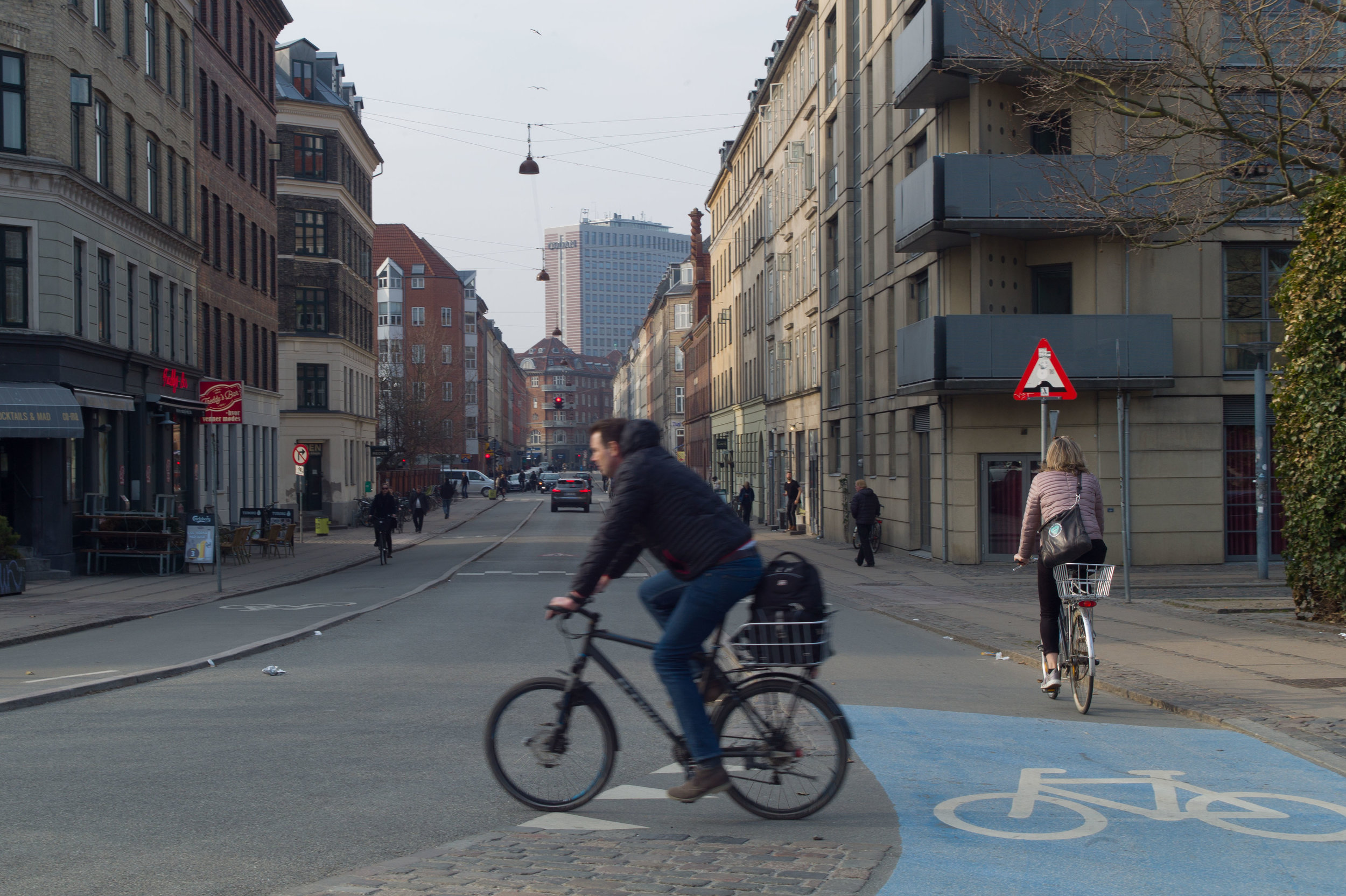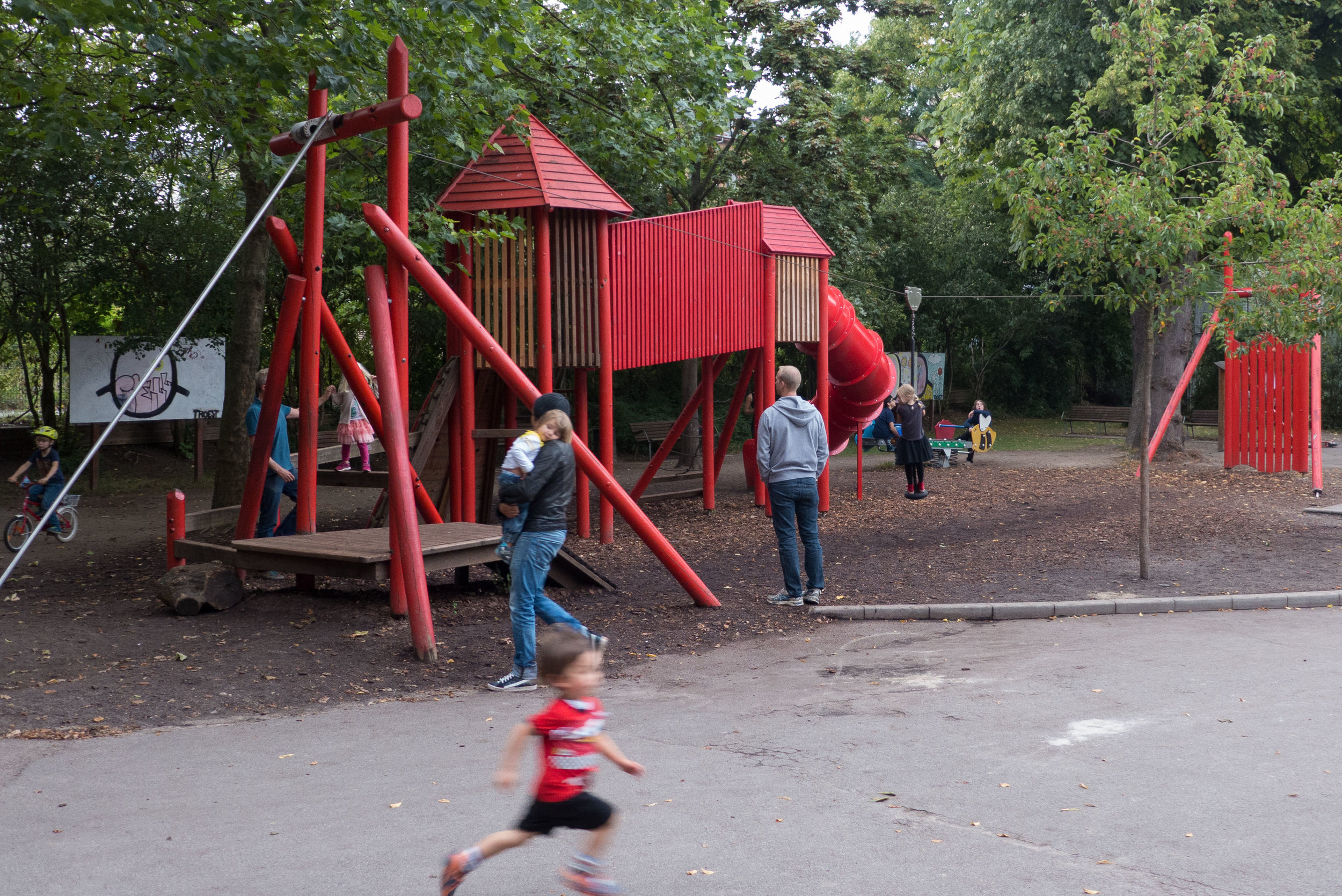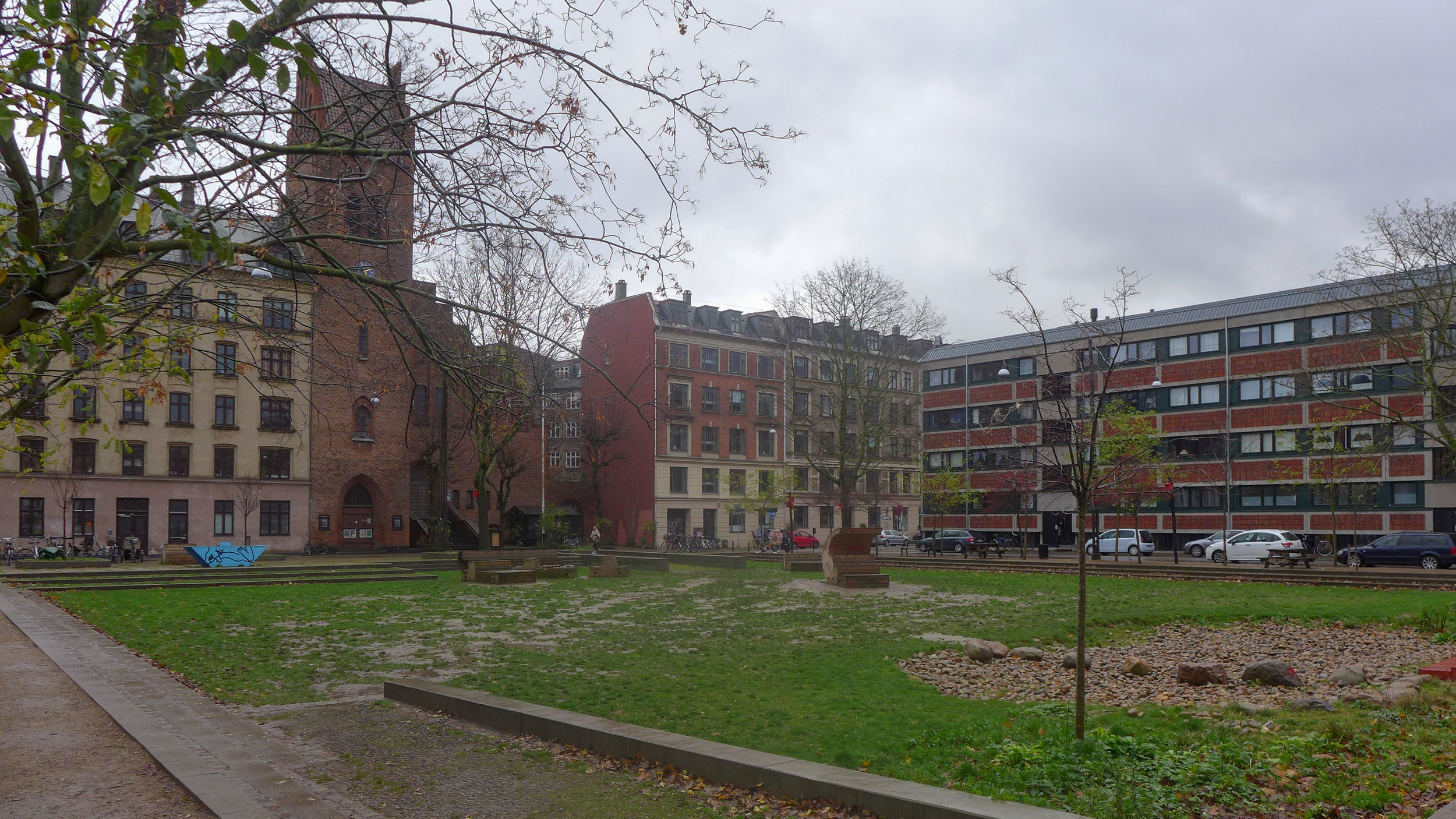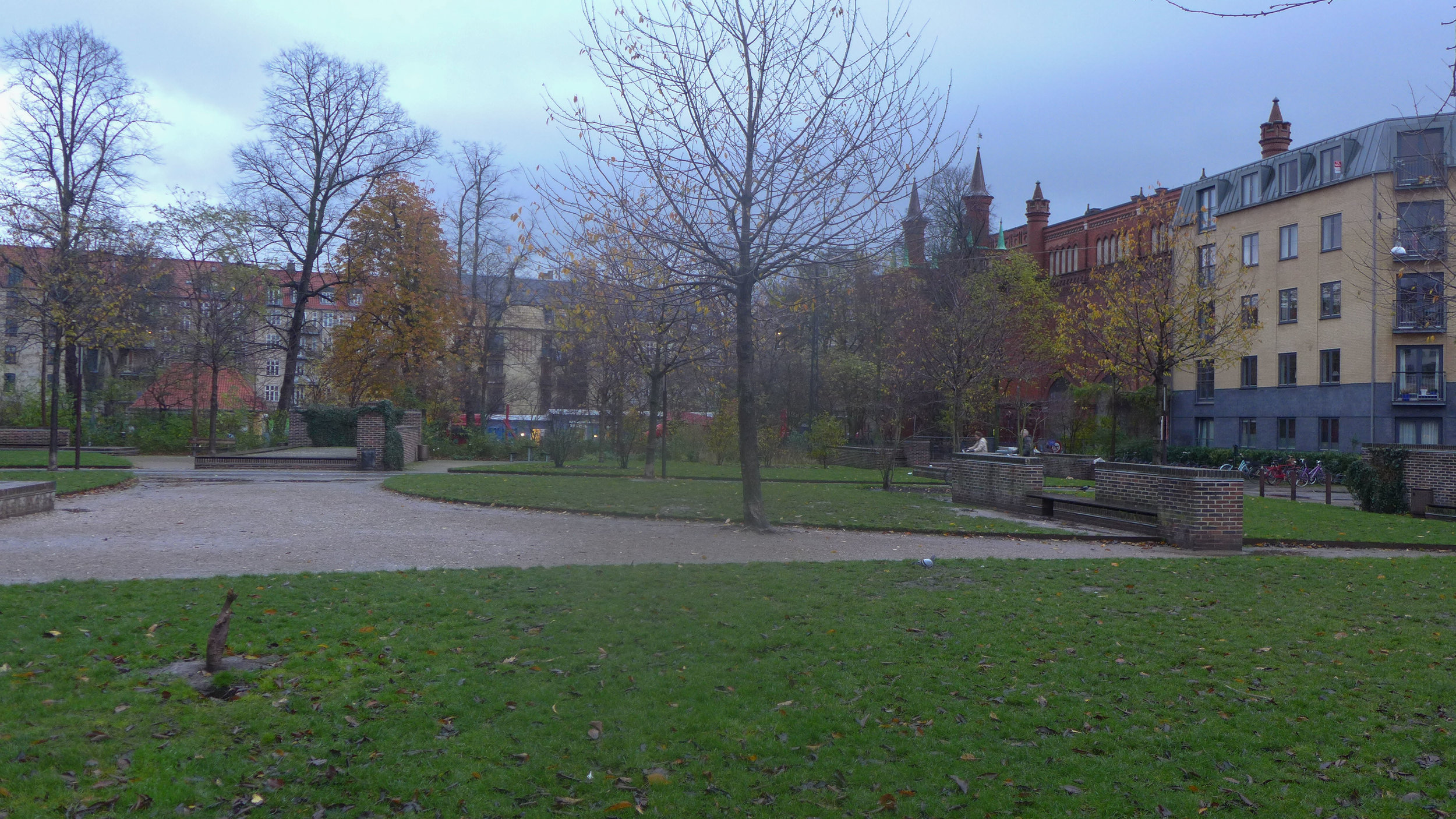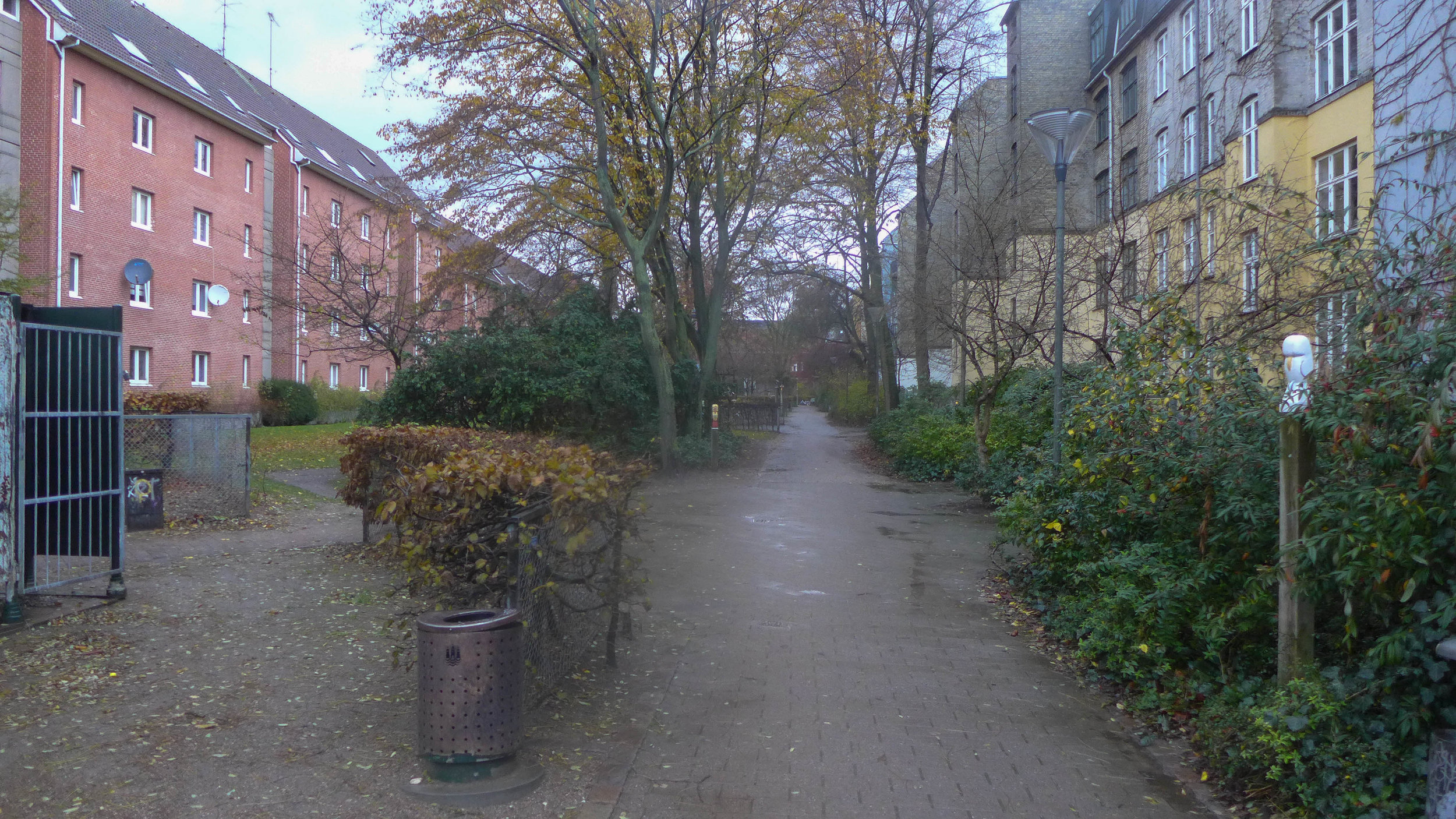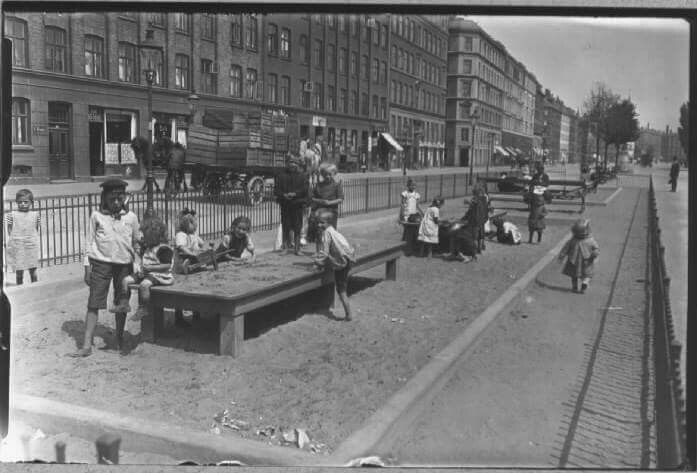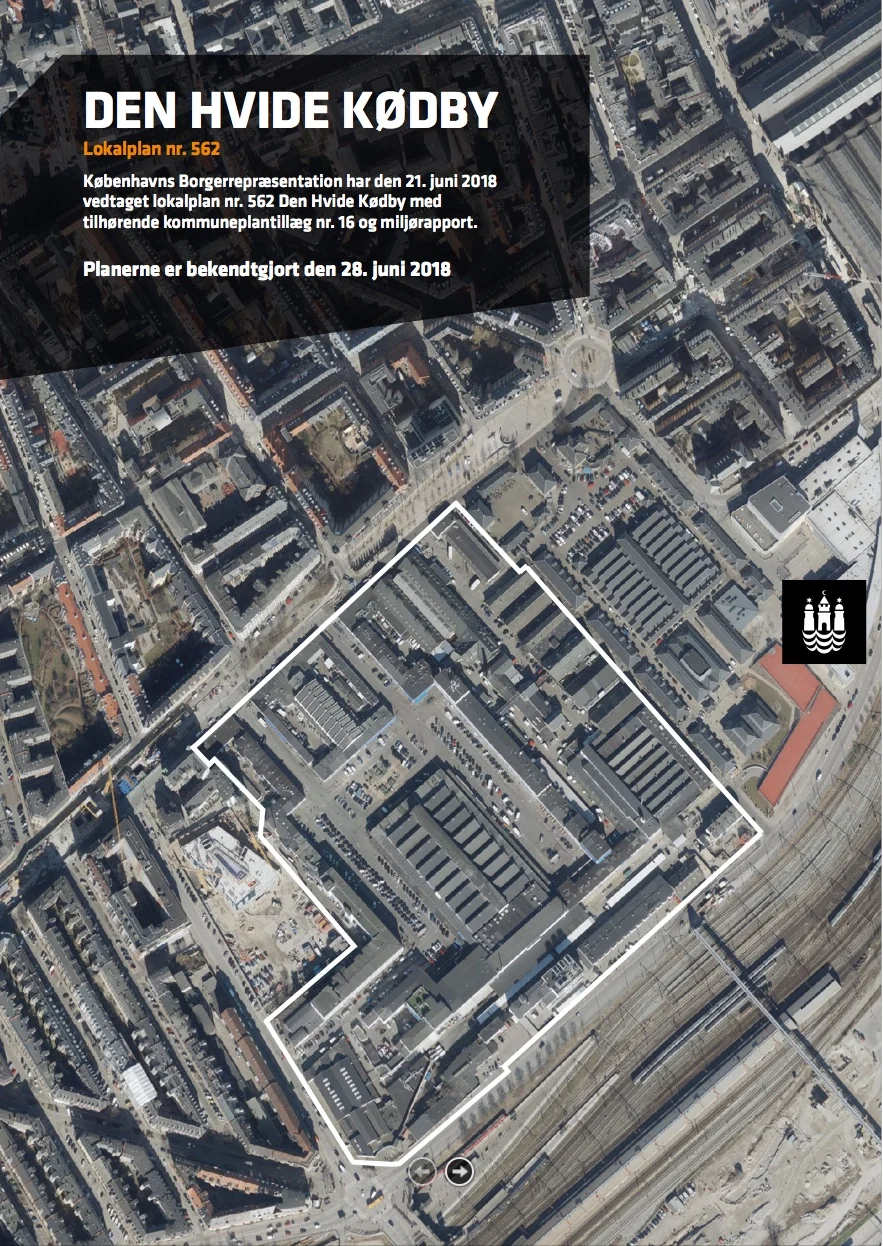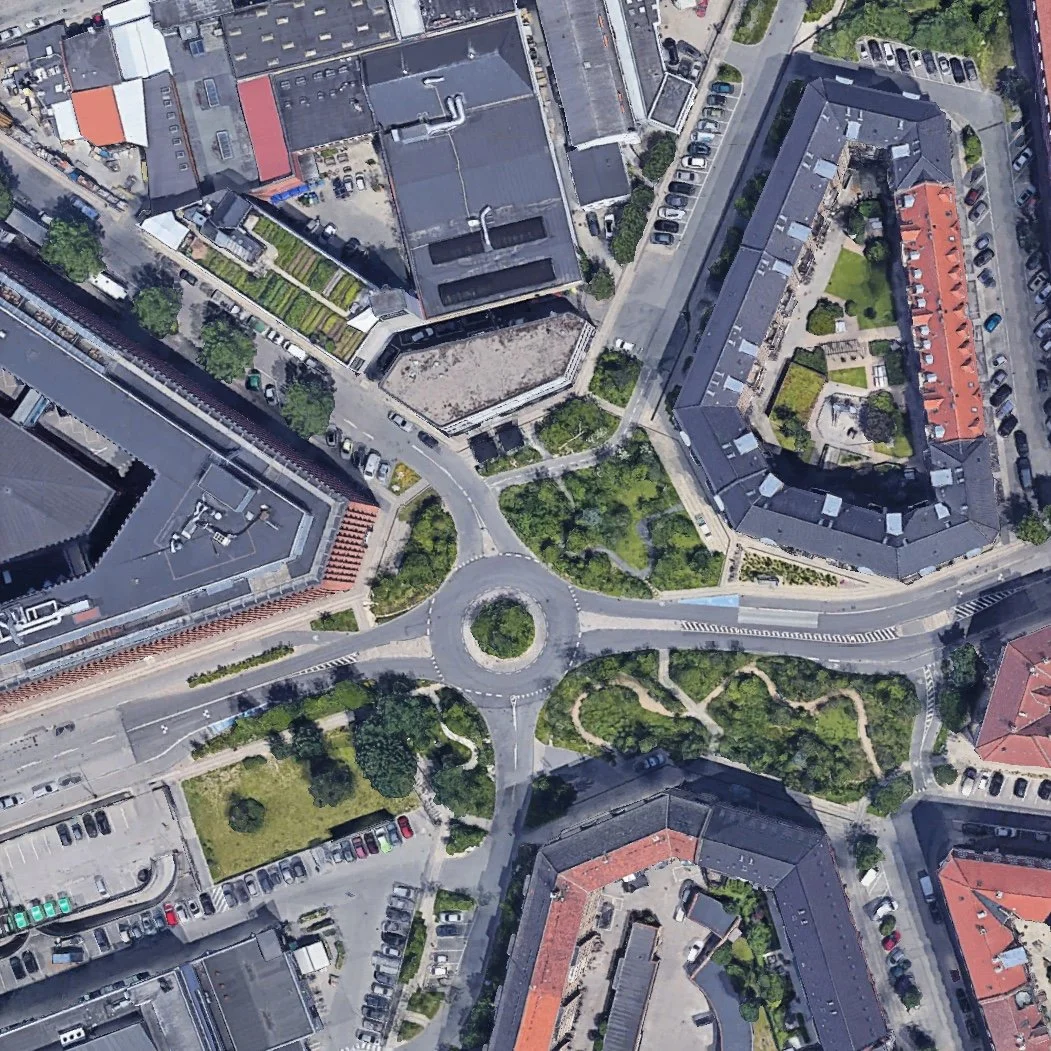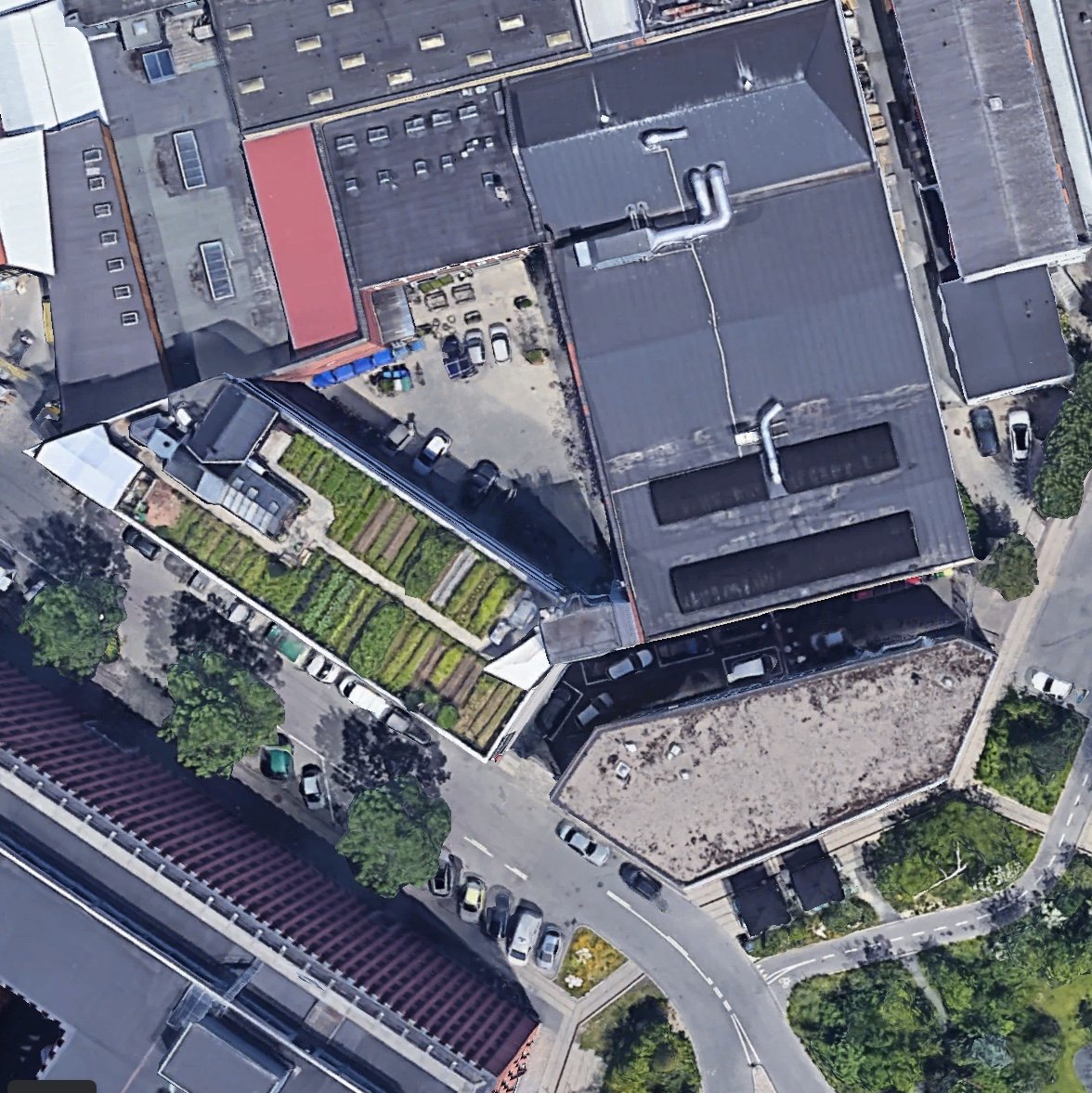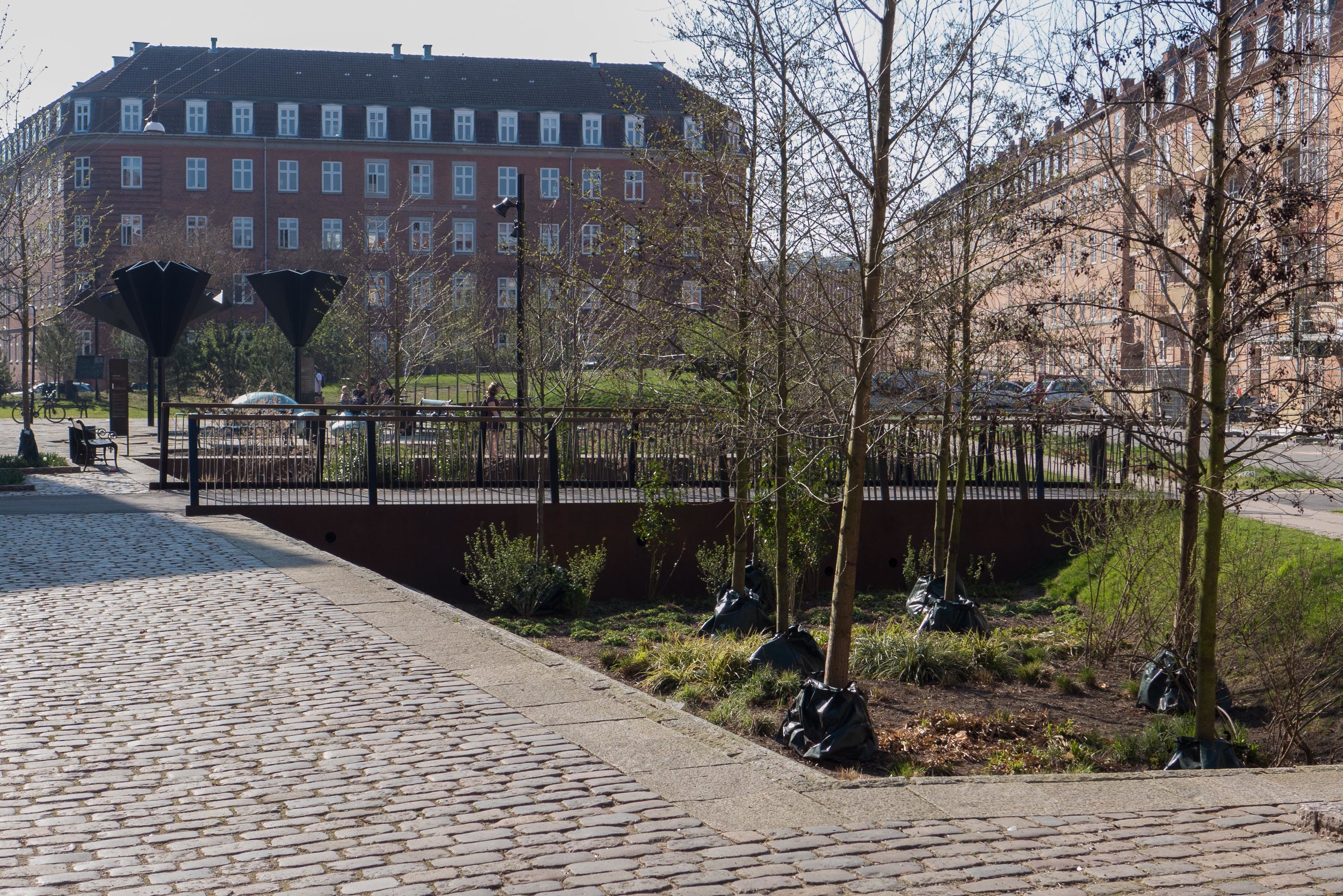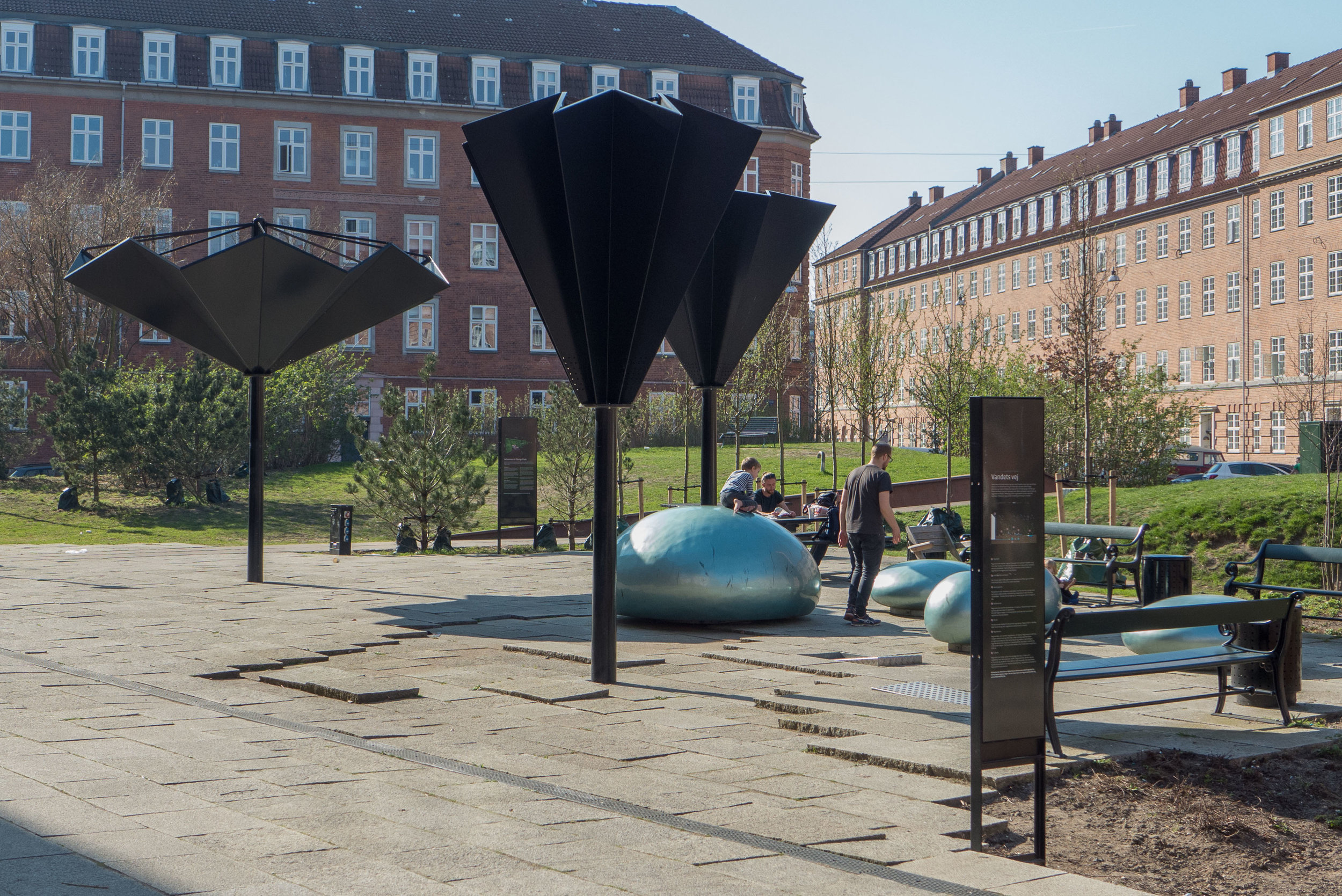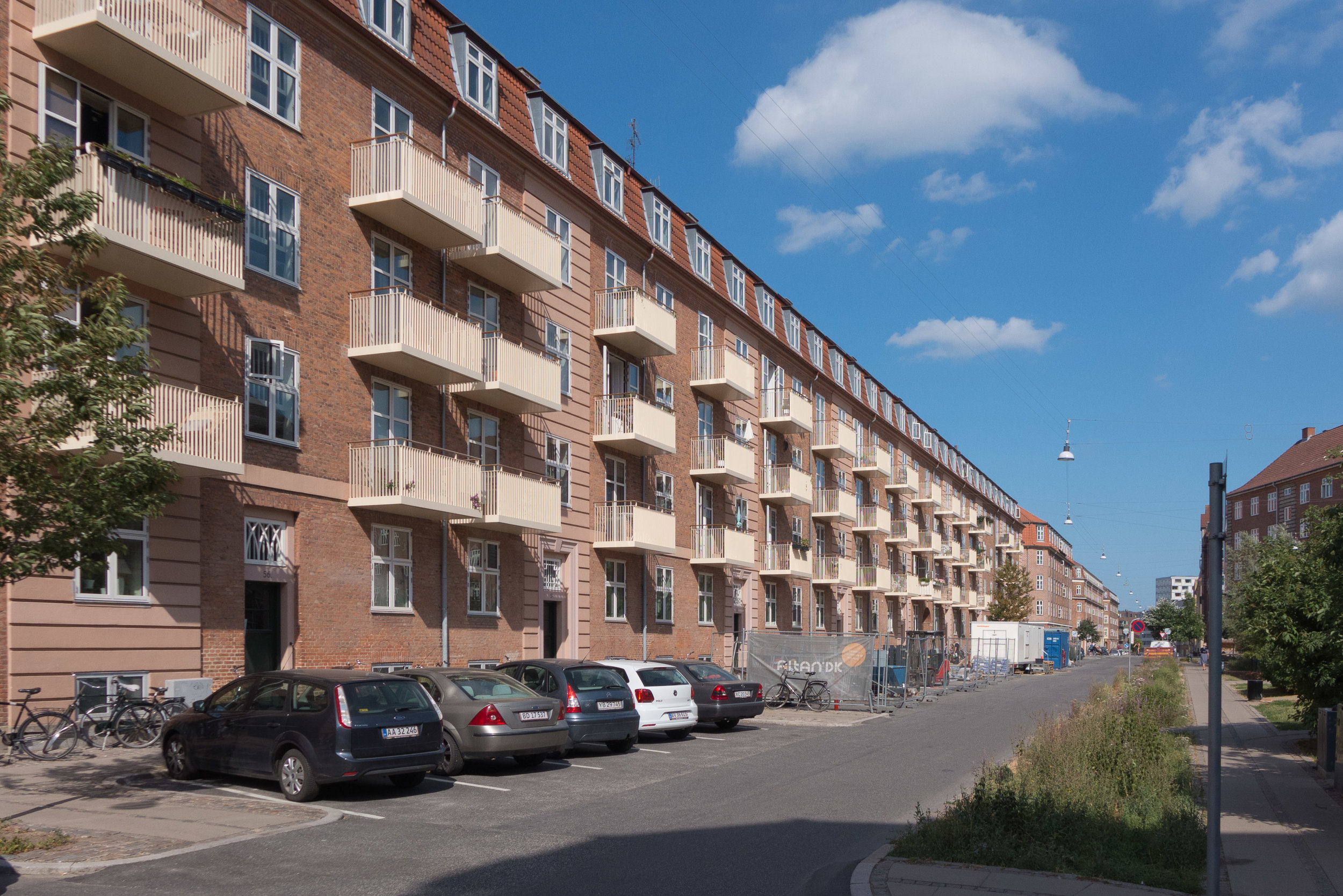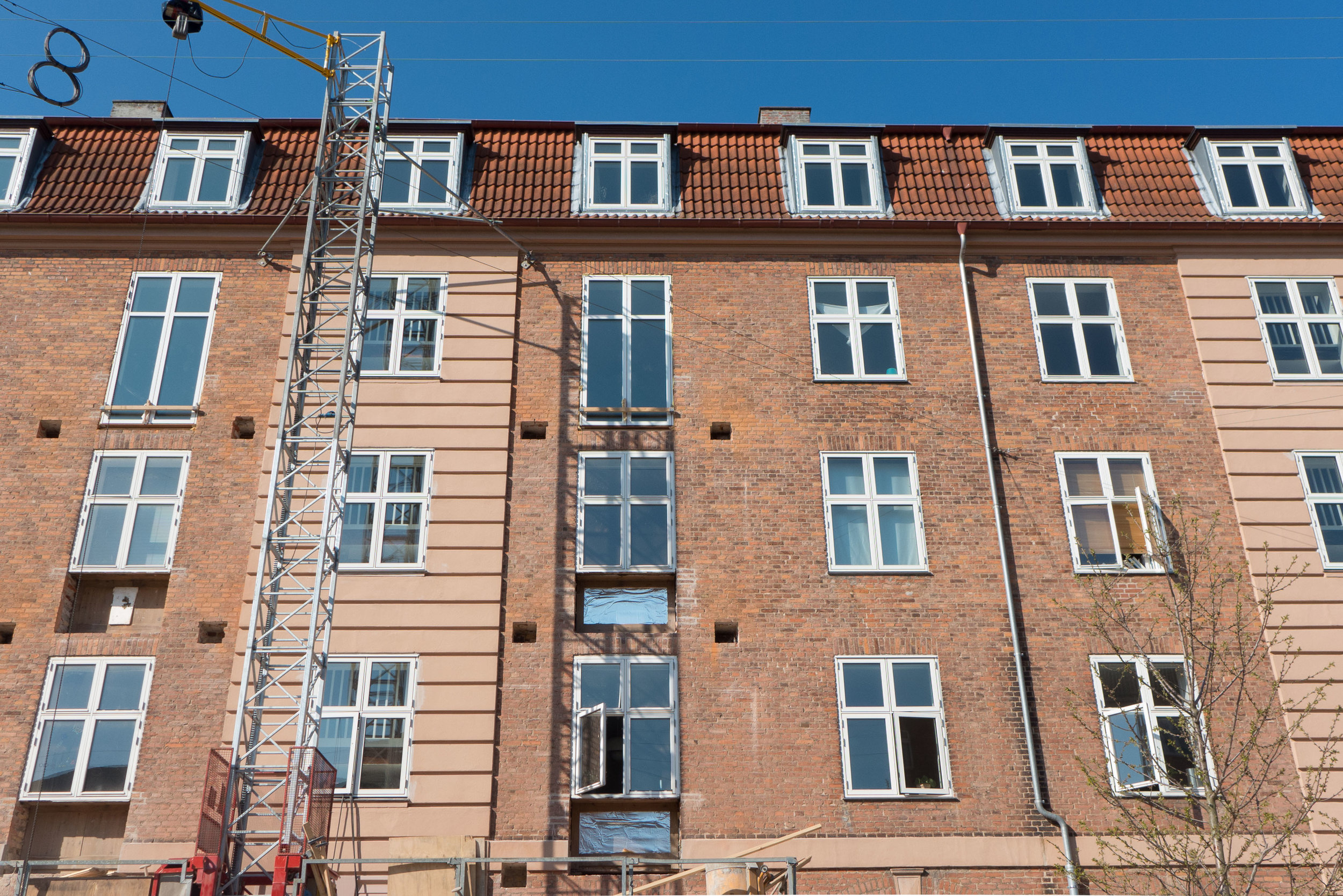Langeliniepavillonen / The Langelinie Pavilion
/approaching the pavilion on the path along the edge of the defences of Kastellet
Langeliniepavillonen from the south east
drawing for the pavilion designed by Jørn Utzon and a digital simulation of the pavilion for the exhibition Jørn Utzon - Horisont now at the Danish Architecture Center
If you did a headcount - even if it would be for a rather odd census - then it's possible that the Pavilion on the Langelinie Promenade is seen but ignored by more tourists than any other prominent building in Copenhagen and simply because they are intent in their route march there and their route march back to see Den Lille Havfrue - the Little Mermaid - on the foreshore just beyond the pavilion.
However, the pavilion has an odd and complicated and fascinating history that should be better known … particularly as, but not just because, this year is the 60th anniversary year of the present building.
Langeliniepavillonen is on the site of a water gate on the outer defences of Kastellet … the 17th-century fortress that guarded the approach to the harbour from the sound from the north.
By the late 19th century, although there was still a garrison in Kastellet, the main defences had been established further out at Charlottenlund, some 6 kilometres to the north beyond Hellerup, and this thin strip of land between the sound and the outer water-filled defence of the fortress was used by the worthy citizens of Copenhagen as a promenade. The first pavilion here, built in 1885, was designed by Vilhelm Dahlerup for Dansk Forening for Lystsejlads (the Danish organisation for boating) but that was replaced in 1902 by a pavilion designed by Fritz Koch that included facilities for Kongelig Dansk Yachtklub (the royal Danish yacht club).
This was a popular destination for citizens just beyond gardens with sculptures and a walk could continue on to the long wide promenade along the sea side of the Langlelinie Kaj that had been built at the beginning of the 20th century as the outer quay of the new Free Port.
The pavilion was shelled and destroyed by the Germans in 1944 and it was not until 1954 that a competition was held to design a new pavilion. The chosen design was by Eva and Nils Koppel and the new pavilion was completed by 1958.
It is a slightly strange building … or at least it is strange for the location … starkly modern and of its period, so much closer in style and details of glazing and fittings to the contemporary design of the SAS Hotel by Arne Jacobsen than it was to the ornate pavilion it replaced that had polygonal end towers and ornate domes.
There were large dining rooms in a huge low square box raised up and cantilevered out on all four sides over a lower floor containing the entrance and service rooms. A service road cuts under the sea side but with the room above connecting across to a terrace and the promenade walk. These public rooms had huge windows that look out over the sea or look across the outer water and banks of the defences of Kastellet.
A photograph of the dining room taken in 1959 shows the large lamps - the Koglen or Artichoke lamp designed for this building by Poul Henningsen.
The current exhibition at the Danish Architecture Centre on the work of Jørn Utzon has a model and a reconstruction of the design that Utzon submitted for the competition for a new pavilion. He proposed an amazing pagoda with outer walls of glass and the floors springing out from a central stem with staircases and lifts.
Surely his design has to be one of the most intriguing and spectacular buildings of unbuilt Copenhagen … those buildings for the city that did not get beyond the architects drawings.







